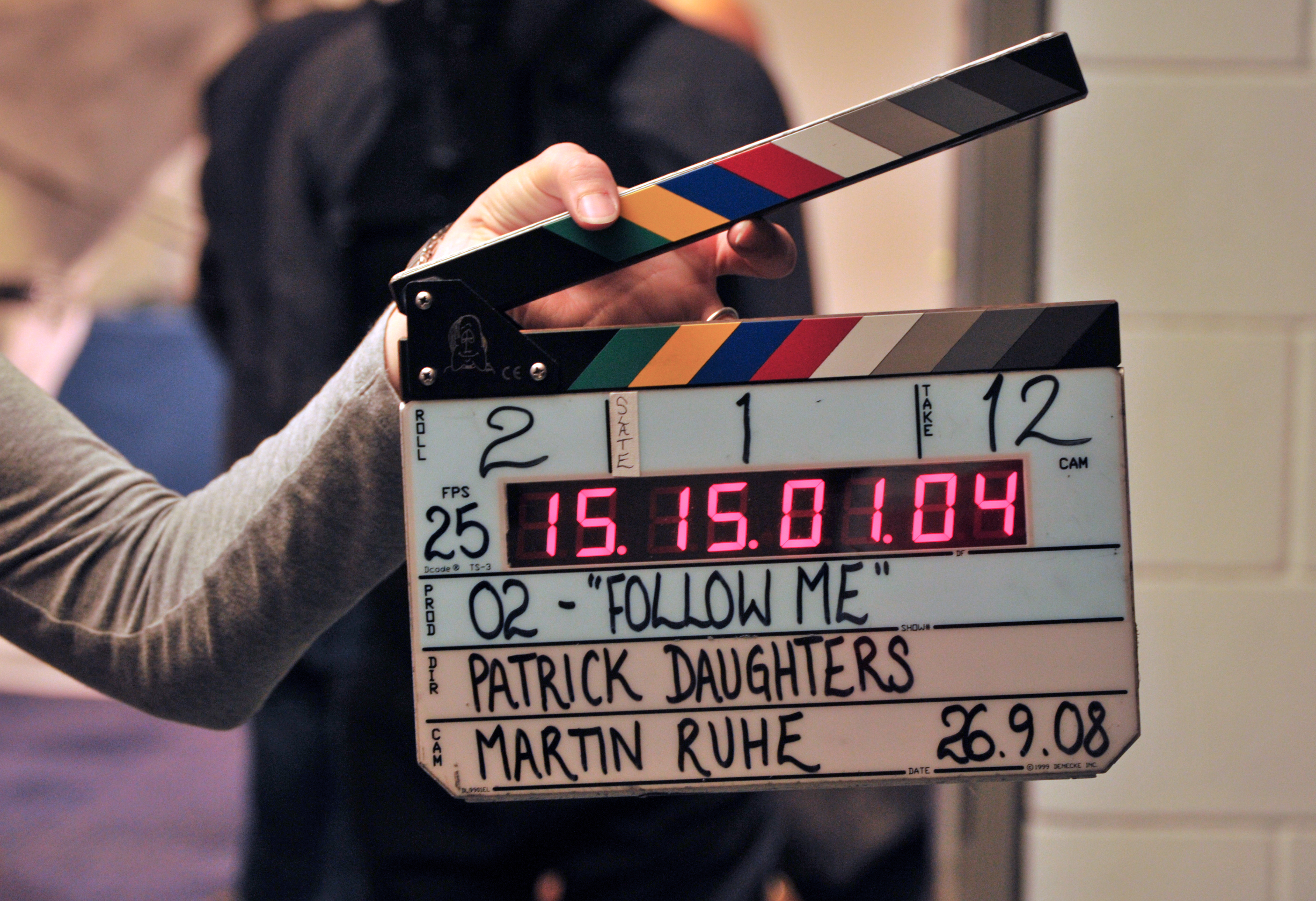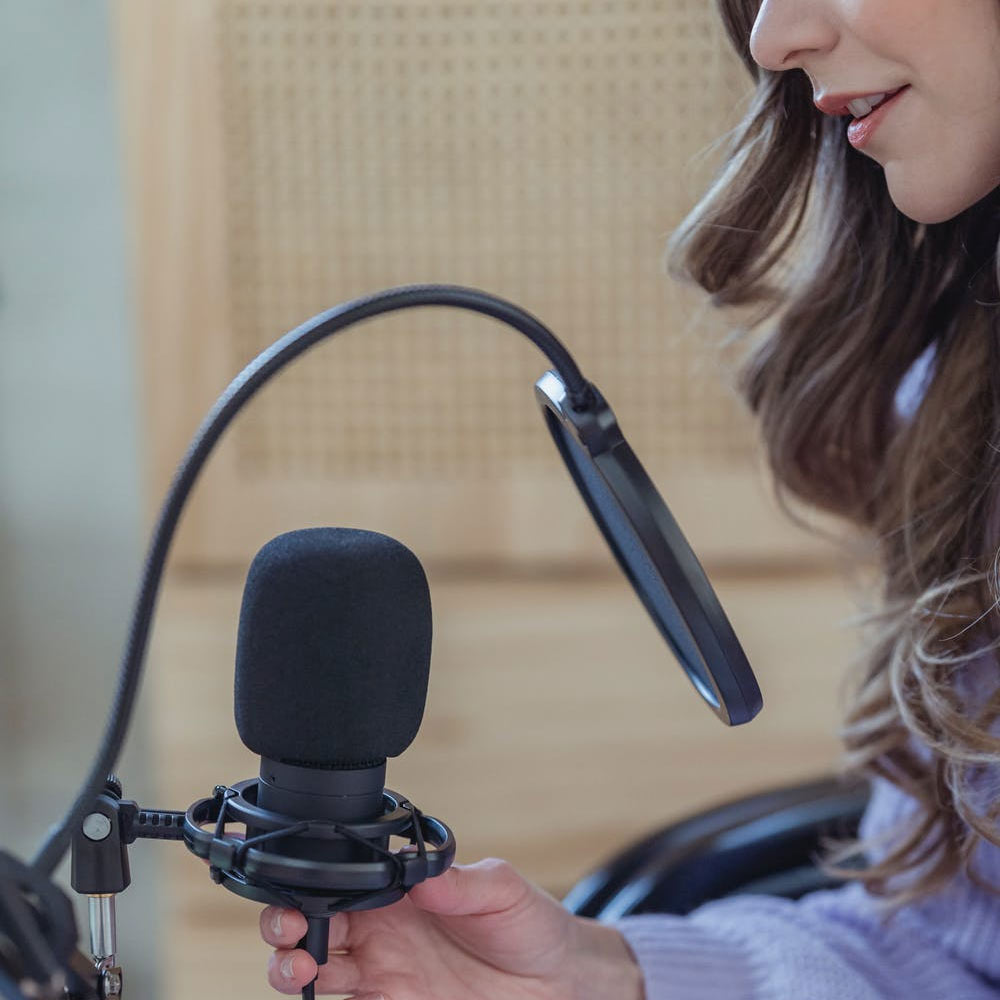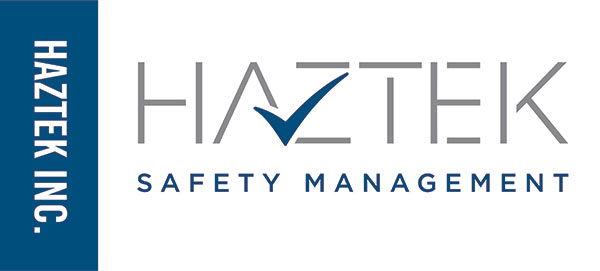What on Earth are you talking about?
A humorous guide to how video editors, producers and directors talk.
If you’ve ever spoken with a video producer, director or editor you may find a few words or phrases that will leave you asking the eternal question: What on earth did they just say? We certainly don’t mean to leave you in the dark with our ideas or explanations, we simply live this geek-life and have adopted our own everyday language that may leave you confused and scratching your head.
Here are some terms coupled with a humorous twist to help you understand our foreign language:
Aspect Ratio
Aspect Ratio is a term to describe the frame’s size vertical versus horizontal defined in parts. think of it as a recipe that you’re doubling or tripling for the family; 1 part flour, 2 parts water 3 parts butter (we love butter.) Most of you are familiar with two very popular aspect ratios, 4:3 and 16:9. The former was your old bedroom tube television that (almost) looked square. Whereas, 16:9 is a common format for today’s televisions. The first number refers to the parts along the horizontal part of the screen and the second number refers to the parts on the vertical. With that being said, your living room television most likely has 16 parts wide and 9 parts high. This is referred to as 16:9 aspect ratio. If you’re looking at 4:3 right now, it’s time to make a trip to the store.

Boom Mic Operator
Boom
A loud explosion or noise. Kidding aside, a boom is an overhead pole used to position a microphone or light close to an actor but must remain out of the shot. Many actors have been bopped on the head with a boom both accidentally and on purpose.
B-Roll
No, this isn’t the day-old baguette from the bakery at half-price. B-Roll refers to shots that are related to the subject at hand, but are cutaways of other people, objects or scenes while a subject or interviewee is still speaking. You can also use B-Roll to transition between segments of a production to ease into the next subject. B-Roll makes up a good part of a video production and you’ll need lots of it. Take it from us, the more the better.
Clapstick
We all know what you’re thinking, and no, it’s not a waxy substance to protect your lips in cold weather. Rather, a clap-stick (or slate marker) is a hinged board held by a production hand to show not only the scene and shot information, but also to “clap” a noise that video editors will use in post production to sync the audio of a scene with the video. More elaborate clapsticks are electronic and contain an LED time code display to further aid in the post production process.
Colorbars
This is not a rainbow tavern where you can have a cold green beer. Rather, colorbars are used as a test pattern that include primary and secondary colors to calibrate cameras and monitors so videos have consistent and accurate color – especially when varying types of equipment are used in the same production.

Clap Stick with Timecode Sync
Compression
We’re not trying to squeeze a luxury automobile into a sandwich baggie here. Video Compression is the process of reducing the file size of a video clip so it uses less disk space and can stream without using mass amounts of internet bandwidth. Often compression comes with lower-quality video, therefore we use it sparingly when broadcasting or uploading to video sites such as Vimeo or YouTube. A good compression method will yield a beautiful picture, while over-compression will produce noise and artifacts in your video. CaddisArt shoots at near zero compression so our original footage is flawless. Compression will almost always happen when video makes it to the internet and through your cable provider. How it’s handled is where the pros come in.
Depth of Field
This term, often mistakenly said backward (Field of Depth – which would make more sense) refers to the range in which a camera’s lens in which objects appear in focus.
- A shallow depth of field would focus on the subject while the background is blurred. This technique adds depth to a video by making the subject stand out from the background. These shots are used to shoot people or objects where the subject is the most important part of the shot – not the background
- A deep or wide depth of field is the opposite, whereas everything in the frame is in focus. These shots are great for landscapes and shots that require that you see everything clearly.
Fluid Head
Let’s not make fun of our friends here; A Fluid Head is a tripod mount type containing a viscous fluid which lubricates moving parts and dampens friction. This necessary piece of equipment facilitates smooth camera moves and alleviates jerkiness. Just because your friend may be a jerk at times, let’s not call him a fluid head.
Freeze Frame
The J. Giles Band popularized this term in their 1980’s song, but it differs a bit in video production. A Freeze Frame is a single frame paused and displayed for an extended period during playback. This suspended motion is perceived as a photo or still shot.
F-stop
Not to be confused with being angry at 12 red octagonal signs in a row, an f-stop refers to the variable size of a camera’s iris opening that allows light to enter a camera. the higher the number, the less light that enters the camera. (We know, it sounds backward)
Gaffer
If you’re a fisherman, it’s a rather inhumane method of getting a larger fish on the boat. In our world, a gaffer is a production crew technician responsible for placement and rigging of lighting. A gaffer is an essential part of any production crew. Many well-known directors and producers started in this position and have whopping stories to share about the good and bad. Related term: “Gaffer’s Tape”
Headroom
Headroom is the distance from the top of the subjects head to the top of the monitor’s upper-screen edge. This can vary depending on the art and style of the shot. Too much headroom and your subject is swimming on the bottom of the screen, whereas too little headroom, and you’re cutting off the beautiful hair (or lack thereof) that you just worked so hard to style. We’ve seen (and used) both methods, depending on the creativity in the director’s mind. Generally speaking, the subjects eyes should be 1/3 down from the top of the frame.
Interlace
Have you ever bought a new pair of shoes where the laces are not yet in place? No, this isn’t that. Instead, interlace refers to the manner in which a television picture is composed, scanning alternating lines to produce one field, approximately ever 1/60th of a second. Two fields represent one field at 30 frames per second. If you have a choice of Interlaced or Progressive, go with the latter.
Kelvin
No, it’s not your buff single neighbor across the street. Kelvin refers to the color temperature of light. Often abbreviated as “K” you’ll see these numbers on the packages of light bulbs (especially LED bulbs). The lower the number, the warmer or yellower the temperature. 6500K is often referred to as cool (like daylight) and 2300K is warm like a room lit by an incandescent lamp.
Lip Sync
Before you get into your car with a video camera pretending to sing a song on the radio, understand that lip sync in the video world refers to the proper synchronization of audio with video.
Master
It’s not because you’re the one that always wins at chess. A Master or Edited Master implies the original copy of a video in its raw or edited form. Back in the days of tape, it was important to label the original as master because it was the highest quality version you could make without generational loss from dubbing tape-to-tape.
Offline
What’s that? Your google home device can’t connect to the Internet? That’s not the term in our studio. Offline or Offline Editing refers to the process of using copies of the video on a local machine, without an expensive editing network. Offline usually happens to gather rough cuts to aid with decisions for the final edit.
Pan
“Pan left!” The term Pan, in video production, does not refer to cookware, so let’s nip that in the bud. Instead, it’s the horizontal moment of a camera, whether slow or fast, during a shot to give a more interesting look to the interview or scene. Please, put the cast iron back in the cabinet.
Pedding
Your dog or cat would argue, but Pedding is a term used to raise or lower a camera vertically from floor to ceiling. Not to be confused with tilting (that’s vertical pivot)
POV
POV refers to the viewer’s Point of View. This assumes that the director or producer wants the viewer to see something in the first person as if they were actually using their eyes and experiencing the shot for themselves. POV shots are often used in documentaries and films that break away and show the user experience as if they were actually there.
Props
Nowadays, when you want to compliment someone on a job well done, you give them props. If you’d like to give us Props, please be sure they are items we can put on the set or use in a video production such as furniture, books, plants and other items that are seen in the shot.
Rack Focus
Gentleman, let’s take it easy – eyes up here. Rack focus is a term used to shift focus in the middle of a shot, typically between background and foreground subjects. Respective clarity and blurriness to aim attention at a subject in the same frame.
Rough Cut
This term doesn’t refer to a vegetable sliced with a dull knife, rather raw or tentative edits made in post production to approximate length and content of a finished edited program.
Shotgun
Easy there, this doesn’t happen at a wedding nor is it referring to calling out the front seat on a road trip. A shotgun microphone is a highly directional microphone with a long barrel designed to pick up sound from a distance and must be aimed accurately to be effective in obtaining good quality audio.
Strobe
Put the leisure suit back in the closet, we’re not dancing here. Strobe refers to digital variation of fixed-speed slow motion, with image action broken down into a series of still frames. If you’ve ever watched the series, Scandal, watch the transitions between scenes. Great example of strobe.
Sweetening
Although we prefer natural cane sugar for our coffee, this term is very different for audio production where audio is corrected and enhanced. Also when music, narration and sound effects are mixed with original sound elements.
Trucking Shot
You see them all the time, huge 18 wheeled monsters spraying your car with water during a rainstorm. No, that’s not where we’re going. A Trucking Shot is a camera move which films the subject from side to side.
Whip Pan or Swish Pan
Extremely rapid camera movement from left to right or right to left, showing fast motion using “image blur.” These are sometimes also used in transitions from scene to scene or to quickly get the attention of the viewer. Rapid movements such as Whip Pan often find themselves in high-action clips. Don’t try this at home with an inexpensive video camera or you’ll experience what’s called Shutter Roll; and that’s bad. Leave these shots to the pros.
Wipe
Perhaps you’ve got some under your kitchen counter, but at CaddisArt, it’s a picture transition from one scene to another where the new scene is revealed by a moving line or pattern. We don’t use or see these much anymore since they were an elementary method used by equipment from days of yore.
Written by Robert Blanda of CaddisArt, Inc.
We hope you gained a little knowledge of some of the terms and jargon we use on a daily basis. Have one to share? Be sure to send us one and we’ll add it to our list! Have a question? Feel free to call CaddisArt at (856) 719-0273 or visit us at CaddisArt.com

“CaddisArt did a great job helping me to get my business going in the right direction. I am not used to this sort of customer service!”

CaddisArt has been managing our non-profit military history organization’s social media marketing needs for the past year and has done so in the most exemplary manner. Their professional staff has met our communication and promotional requirements most admirably, and with the highest customer service attention. we highly recommend their services and expertise in this regard.






